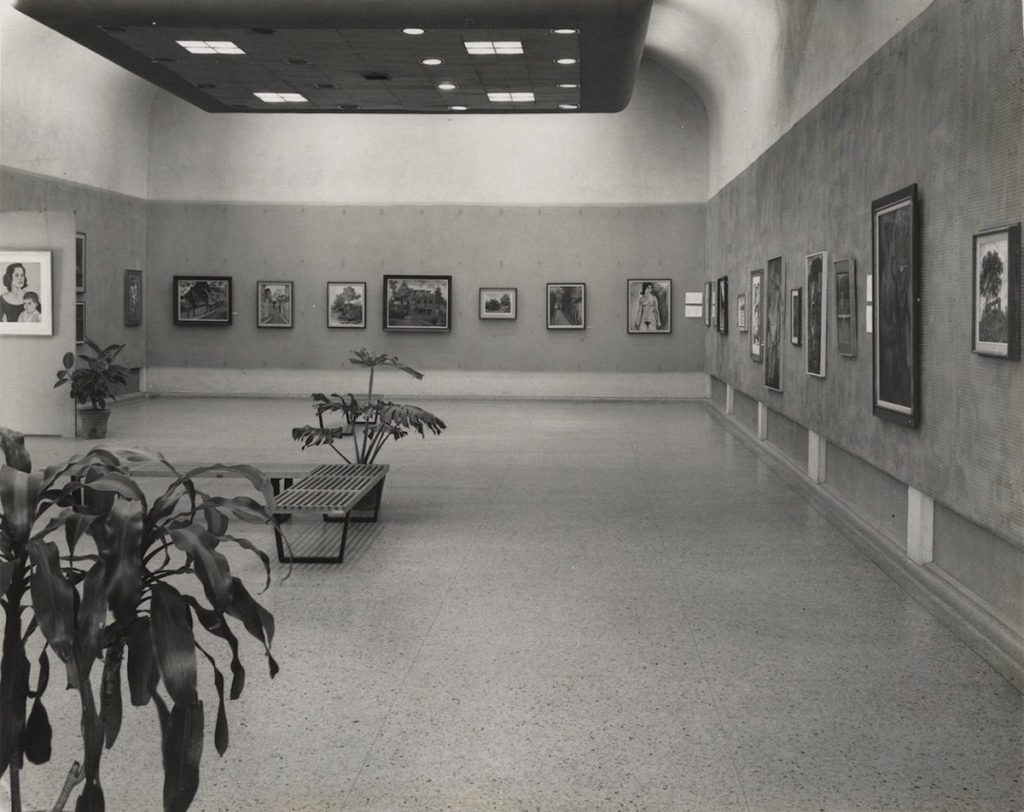Exhibition: Arana Paintings and Drawings, August 6, 1963.
[spacer height=”20px”]
Texto completo / Full text
PDF / ePUB
Title: The Museum of History, Anthropology and Art: A Resource for Research and Education
Autor / Author: Flavia Marichal
Museo de Historia, Antropología y Arte, Universidad de Puerto Rico
Resumen: Durante más de 65 años, el Museo de Historia, Antropología y Arte ha representado una de las instituciones que más ha contribuido al quehacer cultural de la Isla. Su colección de arte puertorriqueño, una de las más completas, es un recurso invaluable para el estudio de nuestras artes. Además, es custodio de importantes colecciones de gráfica internacional y de arqueología puertorriqueña.
Abstract: For more than 65 years, the Museum of History, Anthropology and Art has represented one of the institutions that has contributed most to the cultural activities of the island. Its collection of Puerto Rican art, one of the most complete, is an invaluable resource for the study of our arts. In addition, it is the custodian of important collection of international graphics and Puerto Rican archaeology.
Palabras clave: Museo de Historia, Antropología y Arte, Colecciones, Francisco Oller, Ricardo Alegría, Universidad de Puerto Rico, Recinto de Río PiedrasKeywords: Museum of History, Anthropology and Art, Collections, Francisco Oller, Ricardo Alegría, University of Puerto Rico, Río Piedras Campus
Sección: Inglés / Section: English
Publicado: 16 de mayo de 2020.
Cita recomendada: Marichal, Flavia. “The Museum of History, Anthropology and Art: A Resource for Research and Education”, Visión Doble: Revista de Crítica e Historia del Arte, 16 de mayo de 2020, humanidades.uprrp.edu/visióndoble
Translated by the students of the Translation for Museums class, Graduate Program in Translation, UPR-RP
Edited by David Auerbach

